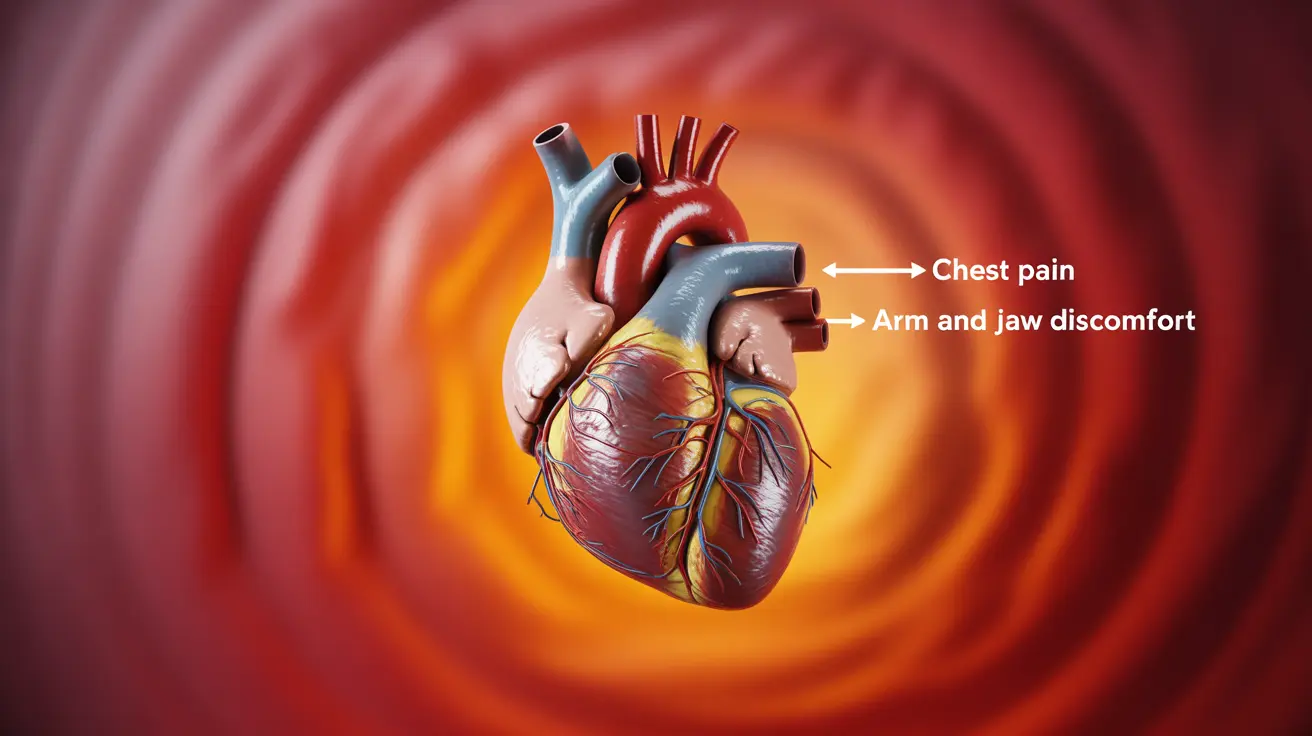If you've ever experienced hives returning after taking Benadryl, you're not alone. This frustrating phenomenon affects many people who rely on antihistamines for hive relief. Understanding why hives can reappear and knowing the best ways to manage recurring symptoms is crucial for effective treatment.
While Benadryl (diphenhydramine) can provide temporary relief from hives, its effects are relatively short-lived, and the underlying cause of the hives may still be active in your body. Let's explore why this happens and what you can do about it.
How Benadryl Works for Hives
Benadryl works by blocking histamine, a chemical your body releases during allergic reactions that causes itching, swelling, and inflammation. However, its effectiveness typically lasts only 4-6 hours, which explains why symptoms might return once the medication wears off.
Why Hives Return After Treatment
Underlying Causes Remain Active
When hives return after Benadryl wears off, it's often because the root cause hasn't been addressed. Common triggers that may continue to cause hives include:
- Food allergies
- Environmental allergens
- Stress
- Infections
- Autoimmune conditions
- Physical triggers (pressure, temperature changes, exercise)
The Histamine Cycle
Once Benadryl's effects diminish, your body may resume releasing histamine if the triggering factor is still present. This creates a cycle where symptoms return as soon as the medication's blocking effect subsides.
Better Treatment Approaches
Long-Acting Alternatives
For recurring hives, longer-acting treatments may be more effective than Benadryl:
- Second-generation antihistamines (like Zyrtec or Allegra)
- Prescription-strength antihistamines
- Combination therapy approaches
- H2 blockers (like famotidine)
Prevention Strategies
Managing recurring hives often requires a multi-faceted approach:
- Identifying and avoiding triggers
- Keeping a symptom diary
- Using preventive medications as prescribed
- Making lifestyle modifications
- Working with an allergist for proper diagnosis
When to Seek Medical Help
Consult a healthcare provider if you experience:
- Hives that persist for more than six weeks
- Severe or frequent recurrences despite treatment
- Symptoms affecting breathing or swallowing
- Significant impact on daily activities
- Signs of anaphylaxis
Frequently Asked Questions
Why do hives come back after Benadryl wears off?
Hives can return because Benadryl only temporarily blocks histamine release. If the underlying trigger remains present, your body will continue producing histamine once the medication's effects fade.
How long does Benadryl last for treating hives and why might symptoms return?
Benadryl typically lasts 4-6 hours. Symptoms may return because the medication's antihistamine effects wear off while the underlying cause of the hives remains active.
What are the best treatment options if hives return after taking Benadryl?
Consider switching to longer-acting antihistamines, using combination treatments, or working with an allergist to develop a comprehensive treatment plan that addresses the root cause of your hives.
When should I see a doctor if my hives keep coming back despite taking antihistamines?
See a doctor if hives persist for more than six weeks, cause severe symptoms, affect breathing, or significantly impact your daily life.
Can chronic hives be managed without sedating antihistamines like Benadryl?
Yes, chronic hives can often be managed with non-sedating second-generation antihistamines, lifestyle changes, and other treatments prescribed by a healthcare provider.




